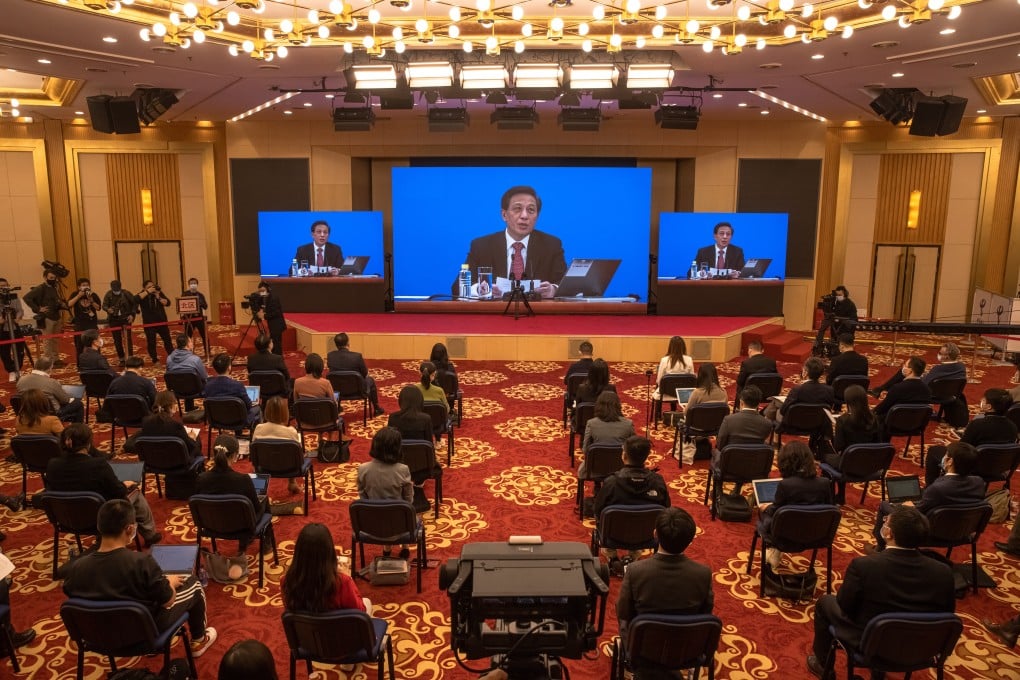Inside China Tech: At China’s ‘two sessions’, chips and clean tech in the spotlight
- Observers are looking for signs of Beijing marshalling its technological resources and policies to pursue its aim of becoming a leading innovative country by 2035
- China’s MIIT said it would ‘vigorously support’ the semiconductor industry as the country pushes for self-sufficiency in chip making

Tech chiefs turn out
The big mystery ahead of this year’s meetings was whether Tencent Holding CEO Pony Ma Huateng would show up, after being absent the previous two years. Then Chinese media published a report showing pictures and a video of Ma attending a debate with other NPC delegates from Guangdong.
In his “two sessions” proposals, Ma called for “strict scrutiny” of peer-to-peer lending, bike-sharing, apartment rentals and community group buying to better protect the security of user funds.
Xiaomi CEO Lei Jun and Baidu CEO Robin Li Yanhong both offered “smart retirement” proposals to ease the burden of senior care for China’s ageing population. Li focused on introducing more intelligent devices to health care, and Lei asked for standards and regulations that could help better implement a smart retirement system.